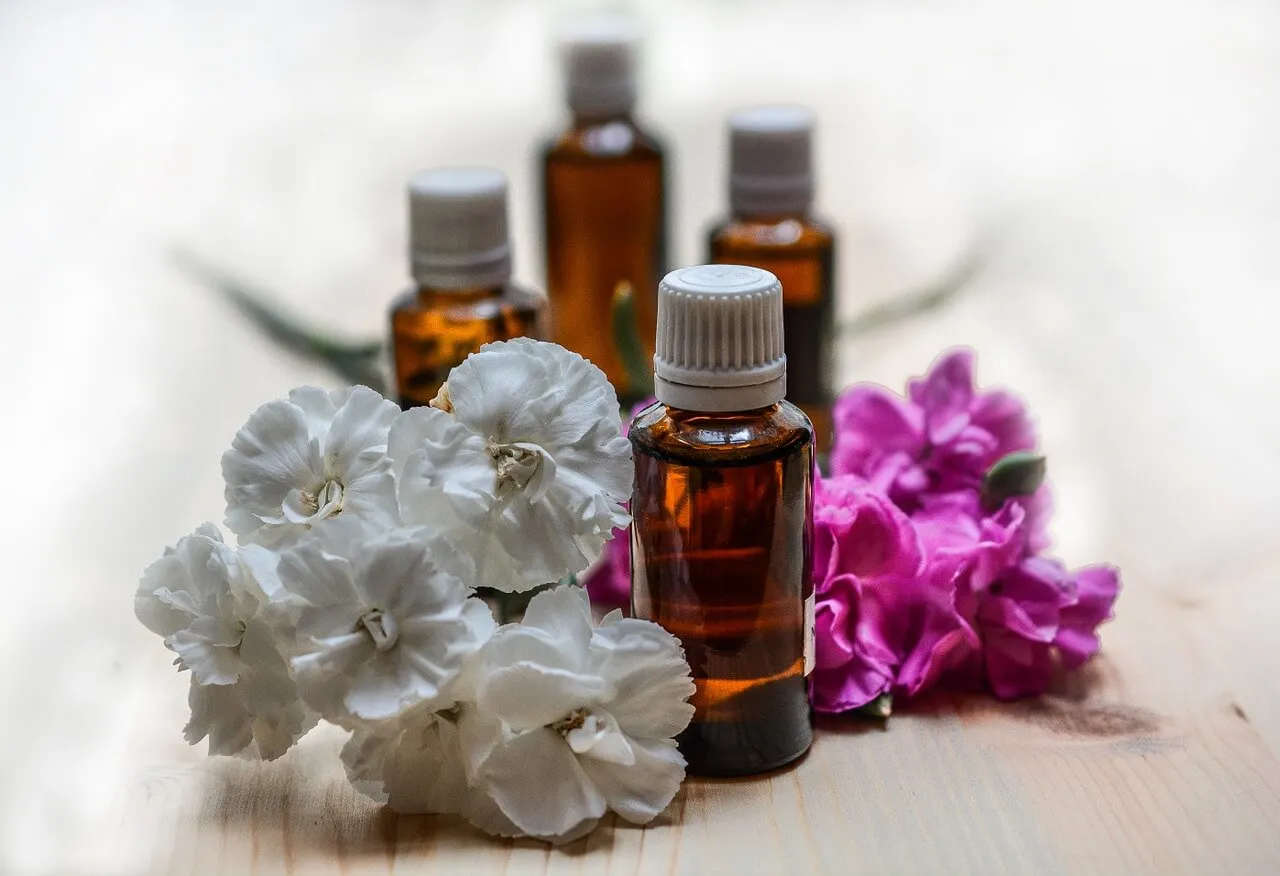How to Keep Clothes Smelling Fresh in Your Closet

How annoying it is to change your wardrobe plans at the last minute because your clothes smell strange. It’s more common than you think and happens when you don’t take measures to keep clothes smelling fresh in the closet.
The musty or musty odor, which indicates that clothes have been stored for a long time, can permeate fabrics and make them unwearable due to sanitation issues. This is because it is possible that moth larvae, mites, and mildew have adhered to the garments.
There’s no point in putting your clothes in the washing machine and adding huge amounts of detergent and conditioner if when they are dry they will return to the same place where they acquired the stench. The best thing to do is to tackle the problem from inside the furniture itself – that is, by making your closet offer a pleasant fragrance. Let’s find out how to do this.
Why do clothes lose their fresh scent in the closet?
Several factors influence the scents that clothes gain in the closet. Although they are often related to improper washing technique, incomplete drying, or body odor, storage conditions are likely to play a role.
The size of the closet, the amount of attire clumped together and the lack of thorough cleaning also play a role in the retention of odors in fabrics. Also, closet walls and corners that are not regularly and thoroughly maintained are ideal habitats for mold and mildew growth. Regardless of whether it’s a walk-in closet or a simple closet, it’s a good idea to adopt a method that contributes to better air circulation.
We think you may be interested in reading this, too: 10 Tricks for Eliminating Bad Odors from the Kitchen
Methods to keep your clothes smelling fresh in the closet
When your closet is small and you have a lot of clothes, taking out seasonal pieces and storing them in other drawers reduces the volume and, therefore, the odors.
It also helps to make sure clothes are completely clean and dry before putting them in the closet. The airtight organizers work as a dust and moth-proofing device, in addition to protecting delicate garments.
Automatic air fresheners and bags with a potpourri of dried flowers preserve the fresh scent in the closet. Other tricks are also valid.
Essential oils for fresh-smelling closet

Research has shown the usefulness of essential oils in perfumery. This is due to the olfactory quality of these substances, which encourage their use even in fragrances for laundry detergents, according to Offarm magazine (Spanish link).
Refresh odors by placing a paper towel or a ball of wool in a corner of the closet moistened with 5 drops of oil. Opt for scents such as cedar or lavender because they counteract odors and repel moths.
Deodorize the closet
Remove all the clothes you have in the closet and proceed to deodorize. To do this, vacuum up all the dust and then spray the neutralizer. When the space is dry and airy, you can put the clothes back in. Deodorizers are available at any home improvement store, but homemade recipes are just as effective as commercial ones.
In a spray bottle, combine equal parts vinegar and water. Spray the mixture in all corners of the closet to absorb the odor.
Use baking soda
Baking soda has beneficial properties in the home. In fact, a publication of the National Center for Biotechnology Information emphasizes the action of this powder in cleaning solutions.
On the other hand, an experiment reported by the National Library of Medicine of the United States determined that baking soda exerts an excellent disinfectant activity, preventing complications by microorganisms formed in the humidity.
Just fill a cup with 3 tablespoons of the powder and let it take effect in a corner of the closet or in a place where you do not risk spilling it. Neutralization lasts for up to 2 months, then release the compound.
Keep your closet smelling fresh with activated charcoal sachets
Medical News Today describes (Spanish article) activated charcoal as an absorbent of harmful odors and gases, which is good for regulating excess or micro-level humidity. It’s often used in refrigerators and inside shoes; it also acts as a deodorant in the closet.
A couple of tablespoons of powdered activated charcoal is what you need to keep your closet smelling fresh. Like baking soda, it goes in a container or in sachets placed where it won’t stain your clothes. Within half an hour of its incorporation, it would start vacuuming odors.
Use cedar
Red cedar is an aromatizer par excellence. It has an earthy fragrance and moisture-absorbing properties. Hence, cedar cabinets are the ideal alternative to prevent the generation of unpleasant odors.
The high cost of this furniture could be a hindrance, but it’s not essential to spend on a closet made of wood. Cedar hangers or small blocks of the material perform the same function.
Camouflage soap bars

Soaps with a fragrance to your liking eliminate stale notes in clothes. The way to use them is to wrap the bars with a thin cloth so that the scent comes out of them and covers the area.
Use cotton balls
Take cotton balls and soak them with essential oil or perfume; next, put them in a glass jar whose mouth you cover with a mesh or thin cloth. Every month get rid of these balls and add new ones.
You can also buy spheres to eliminate unwanted odors. They can be placed in closets, inside shoes, or drawers and are antibacterial. There are many fragrances; however, the most common for their absorption capacity are tea tree, green apple, and baking soda.
Invest in technology
When the budget allows it, investing in a dehumidifier is a good idea. These devices prevent odors by eradicating moisture, preventing moth harborage, and hindering fungal growth. Climate-controlled storage systems are an alternative, although they come at a higher cost.
Like this article? You may also like to read: 6 Ways to Get Rid of Deodorant Stains on Your Clothes
How to return the fresh smell to clothes stored for a long time in the closet?
If you came to this information when your clothes have already acquired the smell of storage, we recommend spraying them with fabric fresheners in aerosol or a preparation that includes equal amounts of water and vodka. Then, let them dry in the fresh air.
Finally, don’t rule out washing the impregnated pieces in the fastest cycle of the washing machine by mixing half a cup of detergent with one cup of fabric softener.
All cited sources were thoroughly reviewed by our team to ensure their quality, reliability, currency, and validity. The bibliography of this article was considered reliable and of academic or scientific accuracy.
- Aguiar N, Barbee S, Rutala W, Sobsey M, Weber D. Actividad antimicrobiana de desinfectantes domésticos y productos naturales frente a posibles patógenos humanos. Infect Control Hosp Epidemiol.Vol. 21. Núm. 1. pp. 33-8. Estados Unidos; 2000. https://pubmed.ncbi.nlm.nih.gov/10656352/
- Andrade Torres A, Solís Ramos L. Las bondades del cedro rojo. Revista Ciencia y Hombre. Vol. 17. Núm. 3. México; 2004. https://www.uv.mx/cienciahombre/revistae/vol17num3/articulos/cedro/index.htm
- Centro Nacional de Información Biotecnológica (2022). Resumen de compuestos de PubChem para CID 516892, bicarbonato de sodio. Recuperado el 27 de noviembre de 2022 de https://pubchem.ncbi.nlm.nih.gov/compound/Sodium-Bicarbonate
- Huizen J. ¿Cuáles son los beneficios del carbón activado? Medical News Today. Estados Unidos; 2020. https://www.medicalnewstoday.com/articles/es/carbon-activado
- López Luegon M. Los aceites esenciales. Offarm. Vol. 23. Núm. 7. pp. 88-91. España; 2004. https://www.elsevier.es/es-revista-offarm-4-articulo-los-aceites-esenciales-13064296
This text is provided for informational purposes only and does not replace consultation with a professional. If in doubt, consult your specialist.








